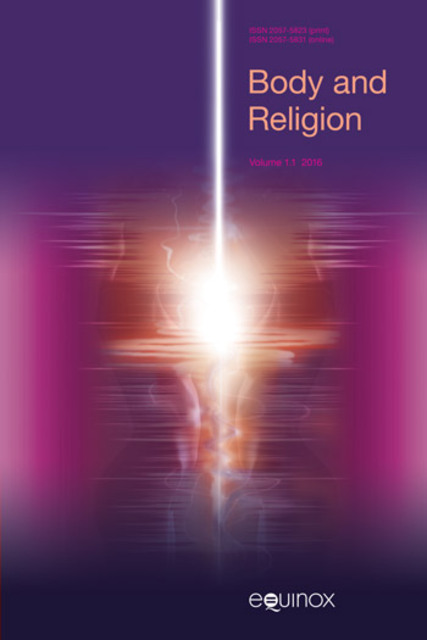Dying bodies: Bringing mortality home after the Reformation and the Great Transition

Full description
Two enormous shifts in history shape Western culture as we know it today: the Protestant Reformation and what historical theologian Ephraim Radner names the ‘Great Transition,’ the health transition that brought modernity its unprecedented low mortality rates and lengthened lifespans. This article explores one geographical location and one specific time – Victorian London – to argue that the lingering effects of the Protestant Reformation and the growing impact of the Great Transition as this relates to the practices and rituals around the dead, particularly the dead child, were partly responsible for the reforms around the dead child in the home. Lydia Murdoch’s account of the rise of the mortuary movement, and her description of the discrimination against Irish Catholics by Protestant elites, forms the foundation for my argument. Rather than limiting the narrative to one of religious and class prejudice, I claim that religious motivation, and not only religious prejudice, worked with growing health reforms in order to bring about these historical shifts.
- typeImage
- created on
- file formatjpeg
- file size27 KB
- container titleBody and Religion
- creatorKira Moolman
- issnISSN 2057-5831 (Online)
- issue4.2
- publisherEquinox Publishing Ltd.
- publisher placeSheffield, United Kingdom
- doi
We use cookies to analyze our traffic. Please decide if you are willing to accept cookies from our website. You can change this setting anytime in Privacy Settings.
